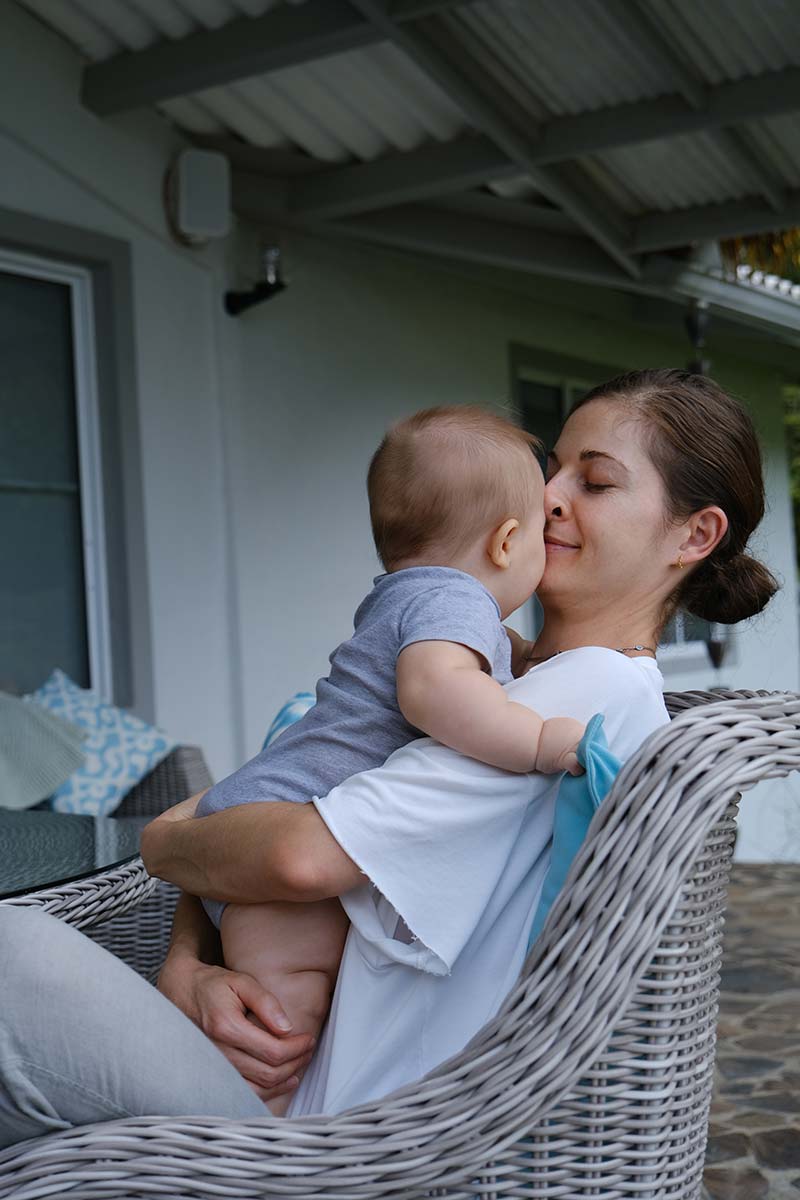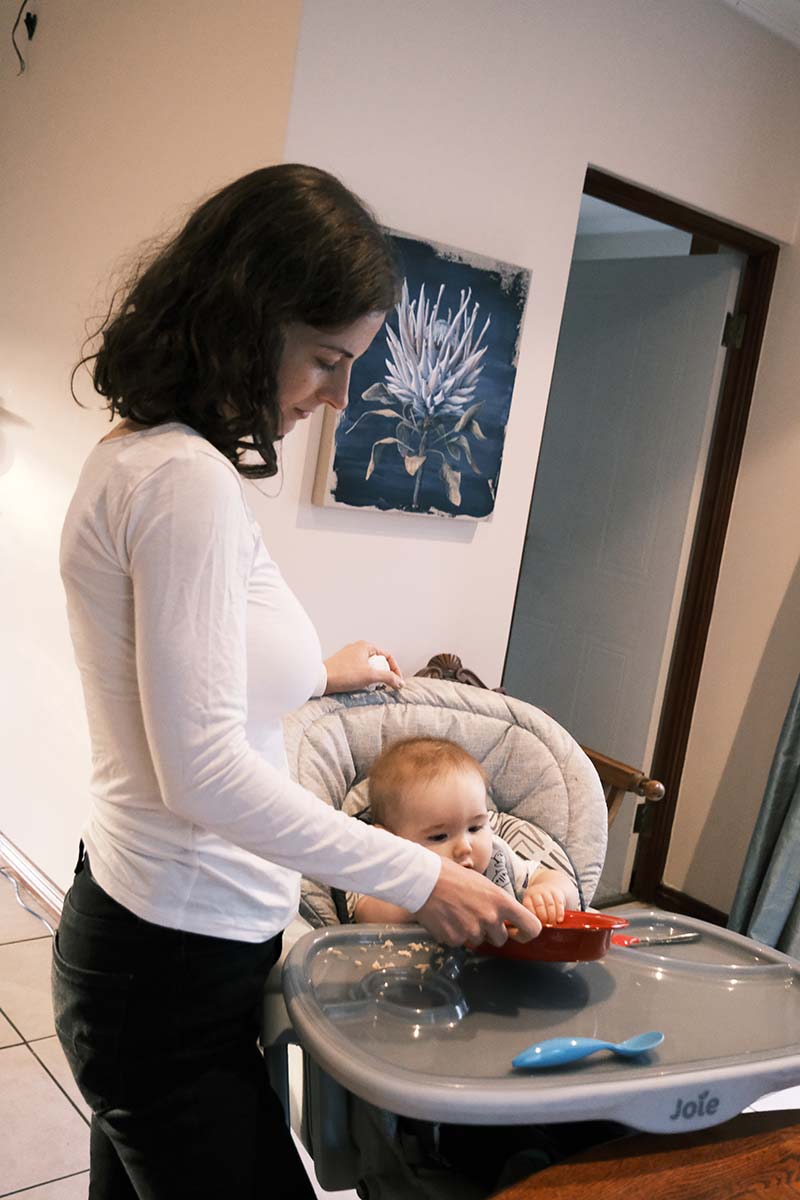What Is Positive Psychology?
Positive psychology is the scientific discipline that investigates the systems, conditions, and capacities that allow individuals to build and maintain psychological capital, the internal resources required to meet life’s demands without entering emotional deficit.
Unlike traditional psychology, which has historically focused on diagnosing dysfunction and repairing psychological deficits, positive psychology investigates how individuals and communities build emotional economies of scale. It studies the structured development of internal systems that allow psychological resources to compound over time—so that effort invested today creates exponential returns tomorrow. Rather than merely avoiding psychological bankruptcy, positive psychology is concerned with engineering surplus: designing emotional infrastructure that grows stronger with use, allowing individuals to operate from scalable internal capacity, not exhaustion.
This is not a new wave of feel-good thinking. It’s the formal study of how we accumulate, preserve, and strategically allocate our emotional and cognitive resources. It’s a science that describes the architecture of internal sustainability, what stabilizes psychological systems over time, and how we invest in those systems for long-term return.

In the 20th century, particularly in the post-war era, psychology evolved in direct response to large-scale dysfunction. Funding and research focused on understanding trauma, diagnosing disorders, and treating mental illness. The result was a field optimized for damage repair.
In 1998, psychologist Dr. Martin Seligman called attention to a gap. If traditional psychology could help people move from -5 to zero, out of dysfunction and back to baseline, what science existed to study movement from zero into positive capacity? What empirical knowledge could help people build the internal systems needed to support psychological solvency?
This question formalized positive psychology as a new subdiscipline. Its mission: to understand and operationalize the components of mental wealth, not just the treatment of mental debt.
Positive Psychology vs. Traditional Psychology
Traditional psychology focuses on mental illness, on diagnosing what is malfunctioning, and restoring baseline functionality. It is reactive by design, triggered by crisis.
Positive psychology, by contrast, focuses on mental fitness, the daily practices and conditions that strengthen a person’s internal systems before dysfunction occurs. It is a proactive framework rooted in systems theory, evolutionary neuroscience, and behaviour science.
It doesn’t aim for constant happiness or shallow positivity. It aims to help individuals build emotional infrastructure, the set of learned and practiced conditions that allow them to regulate emotion, metabolize stress, and maintain functional clarity.
At the heart of positive psychology is the concept of psychological capital, the sum of internal resources that allow a person to meet external demands without depleting themselves. These resources are not fixed traits. They are dynamic systems that can be trained, replenished, and strategically deployed.
This discipline treats human well-being as a resource economy. Every psychological system has inputs and outputs, gains and losses. Emotional capital is deposited through positive states, meaningful activity, and supportive connection, and withdrawn through stress, conflict, and cognitive overload.
Where traditional psychology often begins its work after depletion, positive psychology seeks to fund emotional economies in advance. It builds surplus capacity. It creates buffers. It enables people to operate from reserve, not react from deficit.
One of the most misunderstood elements of well-being is the role of negative emotion. In traditional models, sadness, anxiety, or fatigue are often treated as signs of pathology. But in many cases, these experiences are accurate biological signals that something in the emotional ecosystem is off-balance.
Positive psychology helps distinguish between disorder and signal, between mental illness and a well-functioning brain alerting us to unmet needs.
For example, isolation may trigger anxiety not because of dysfunction, but because connection is a biological prerequisite for psychological solvency. Anxiety in this case is a prompt to reconnect, not a diagnosis to suppress.
This distinction matters. Misreading healthy adaptive signals as illness leads to over-pathologizing human experience. It disables personal agency and obscures the real work of systemic regulation.


The most profound application of positive psychology lies in intergenerational transmission. Psychological systems are not isolated to individuals, they’re passed through relationships.
In early development, children’s nervous systems are co-regulated by their caregivers. The parent’s psychological solvency becomes the foundation for the child’s emotional architecture. A dysregulated parent transmits instability. A systemically resourced parent transmits capacity.
Positive psychology equips caregivers to understand and manage their own emotional economies, not only for themselves but as a blueprint for their children. In this way, psychological capital becomes a generational asset.
What you model is what you multiply. This is the true definition of generational well-being: not inherited wealth or external success, but the transfer of internal capacity, systems passed through presence, coherence, and relational design.
It’s essential to understand that positive psychology is not a prescriptive model. It does not tell you what to feel, how to live, or what goals to pursue. It is a descriptive science. It studies patterns across human systems and identifies conditions that consistently support internal solvency.
In other words, it doesn’t say, “You should do this.” It says, “Here’s what the data shows.”
It offers empirically supported frameworks. It reveals leverage points. But the application remains deeply personal, built around your own values, culture, goals, and context.
- Positive Emotion – the input-output system for building emotional capital.
- Engagement – sustained attention that halts capital-draining mental loops.
- Relationships – the co-regulatory systems that stabilize internal states.
- Meaning – narrative coherence that integrates experience and unlocks growth.
- Accomplishment – the external output of internal solvency, expressed as mastery.
- Vitality – the physiological foundation of mental clarity and system regulation.

A Final Word
The perpetuation of negative generational cycles is not born of failure
It’s born of a system that asks mothers to fund emotional economies without the psychological capital to sustain them.
Positive psychology exists to change that.
It equips individuals—especially caregivers—with the internal infrastructure needed to meet relational, emotional, and cognitive demands without depletion.
This is not about doing more.
It’s about doing differently, building the mental systems that allow you to respond with clarity, stability, and solvency.
Because when the internal system is well-funded, the next generation doesn’t inherit deficit.
They inherit design.
